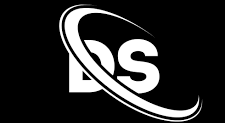Slideshow: Acne Visual Dictionary And Best and Worst Foods for Acne
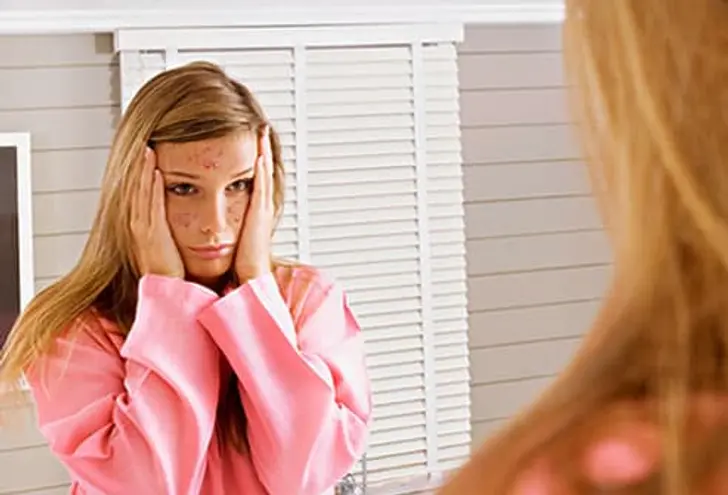

1/15
Acne Vulgaris
Acne vulgaris is the medical name for common acne — the presence of blackheads, whiteheads, and other types of pimples on the skin. The most common spots for breakouts are the face, chest, shoulders, and back. Although mild acne may improve with over-the-counter treatments, more severe forms should be treated by a dermatologist.
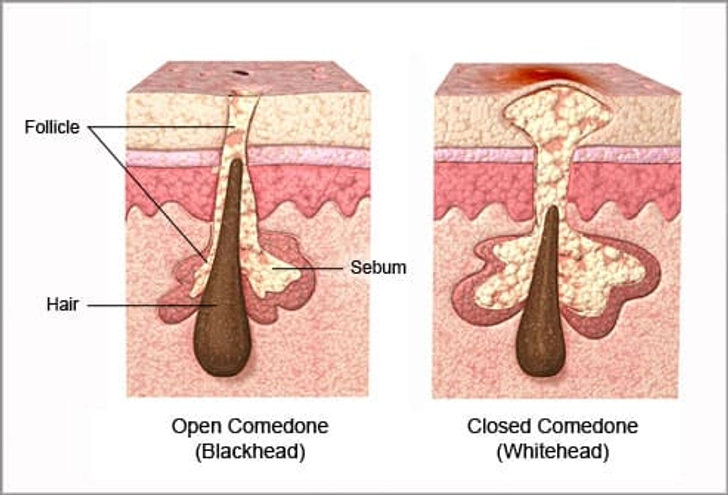
2/15
Comedones
A comedo, or basic acne lesion, is a hair follicle that has become clogged with oil and dead skin cells. Comedones (the plural of comedo) can develop into bumps called whiteheads and blackheads. Products that may trigger comedones are called “comedogenic.” Makeup labeled “noncomedogenic” is less likely to clog pores and contribute to acne.
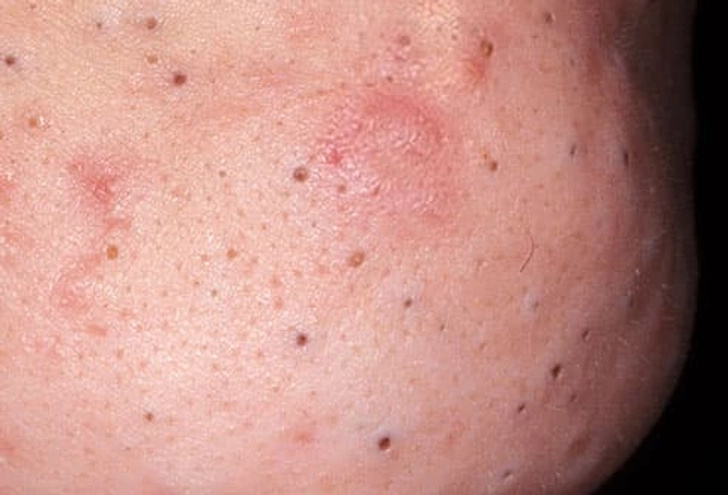
3/15
Blackheads
Blackheads are comedones that are open at the surface of the skin. They are filled with excess oil and dead skin cells. It’s not dirt that causes the comedone to turn black. The black hue results from the irregular reflection of light coming from clogged hair follicles. Blackheads can frequently be treated with over-the-counter medications.
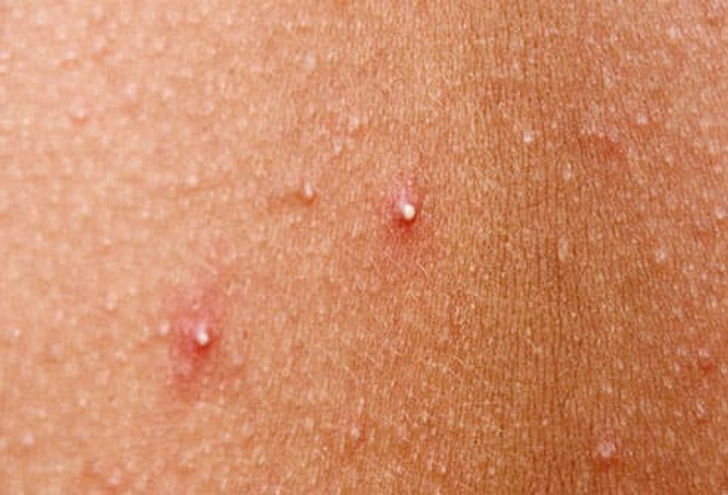
4/15
Whiteheads
Comedones that stay closed at the surface of the skin are called whiteheads. This happens when oil and skin cells prevent a clogged hair follicle from opening. Many of the same over-the-counter medicines that treat blackheads are also effective against whiteheads.
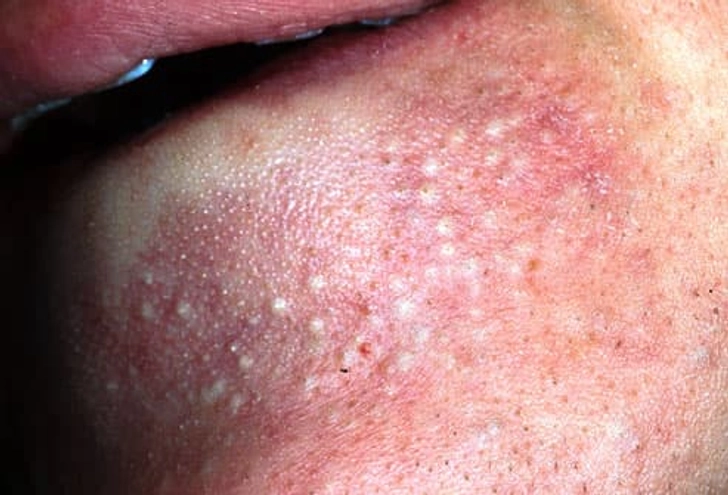
5/15
Papules
Papules are comedones that become inflamed, forming small red or pink bumps on the skin. This type of pimple may be sensitive to the touch. Picking or squeezing can make the inflammation worse and may lead to scarring. A large number of papules may indicate moderate to severe acne.
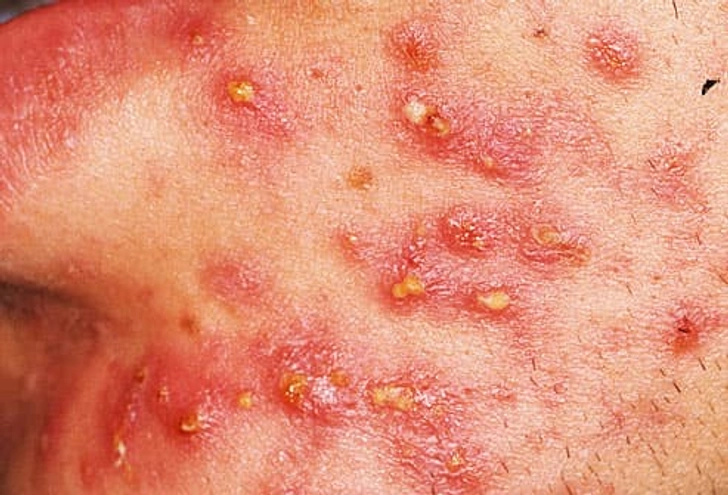
6/15
Pustules
Pustules are another kind of inflamed pimple. They resemble a whitehead with a red ring around the bump. The bump is typically filled with white or yellow pus. Avoid picking or squeezing pustules. Picking can cause scars or dark spots to develop on the skin.
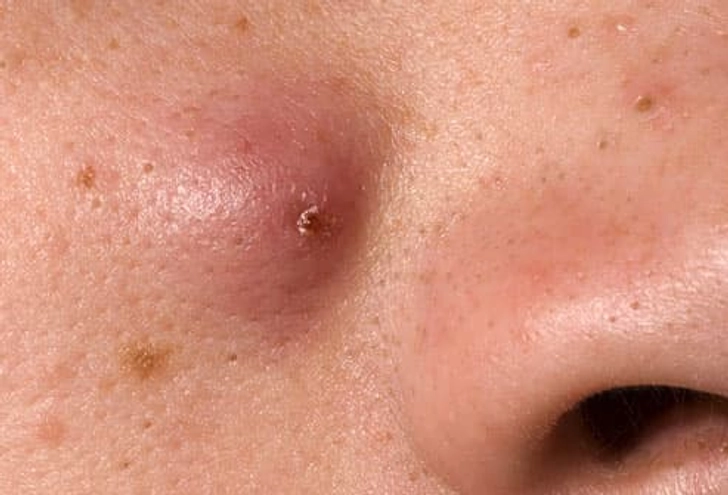
7/15
Nodules
Nodules are large, inflamed bumps that feel firm to the touch. They develop deep within the skin and are often painful. Nodules should be treated by a dermatologist since they can scar. Over-the-counter treatments may not be powerful enough to clear them up, but prescription drugs can be effective.
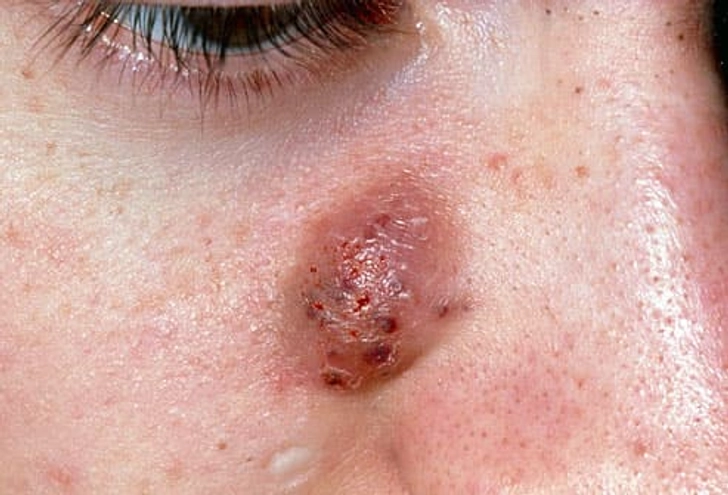
8/15
Cysts
Cysts are large, pus-filled lesions that look similar to boils. Like nodules, cysts can be painful and should be treated by a dermatologist since they also can scar. People who develop nodules and cysts are usually considered to have a more severe form of acne.
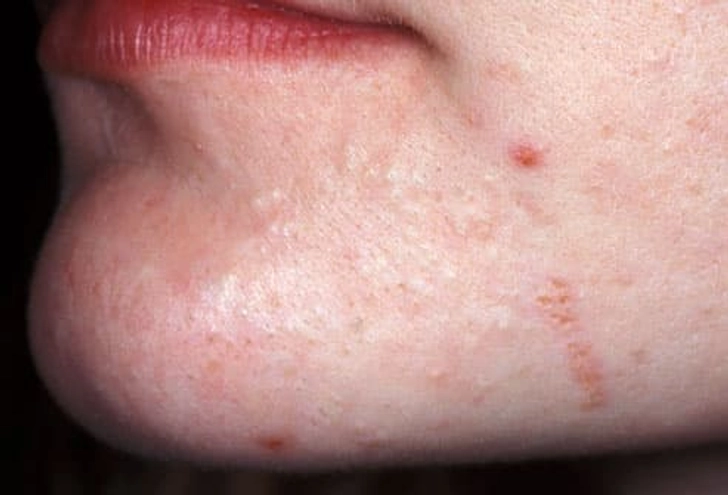
9/15
Mild Acne
Acne falls into the “mild” category if you have fewer than 20 whiteheads or blackheads, fewer than 15 inflamed bumps, or fewer than 30 total lesions. Mild acne is usually treated with over-the-counter topical medicine. It may take up to eight weeks to see a significant improvement.

10/15
Moderate Acne
If you have 20 to 100 whiteheads or blackheads, 15 to 50 inflamed bumps, or 30 to 125 total lesions, your acne is considered moderate. Dermatologists usually recommend prescription medication for moderate to severe acne. It may take several weeks to notice an improvement, and your acne may appear to get worse before it gets better.
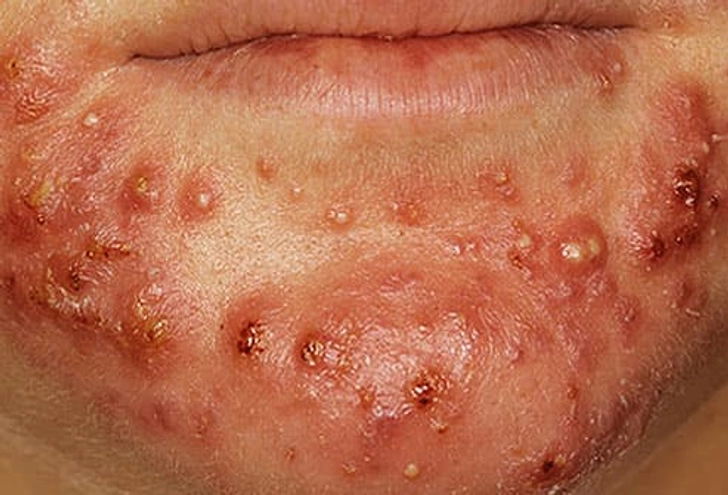
11/15
Severe Nodulocystic Acne
People with severe nodulocystic acne have multiple inflamed cysts and nodules. The acne may turn deep red or purple. It often leaves scars. Prompt treatment by a dermatologist can minimize scarring. In some cases, a doctor may inject corticosteroids directly into nodules and cysts to reduce the size and painful inflammation.
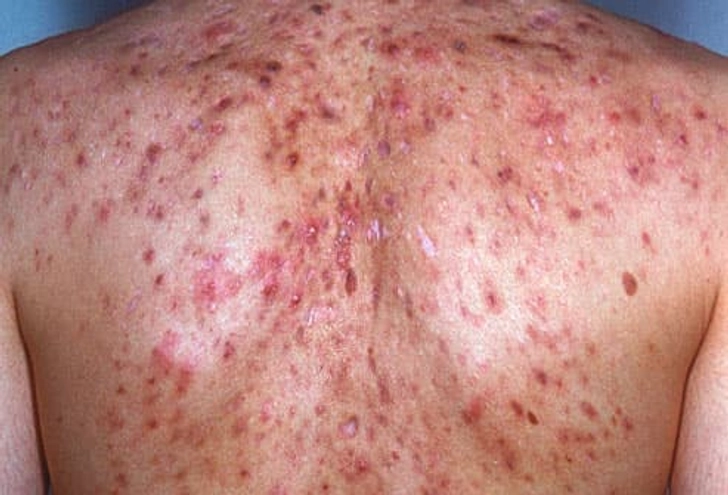
12/15
Acne Conglobata
Acne conglobata is one of the most severe forms of acne. It involves many inflamed nodules that are connected under the skin to other nodules. It can affect the neck, chest, arms, and buttocks. It often leaves scars. This type of acne is more common in men and is sometimes caused by taking steroids or testosterone. Timely treatment by a dermatologist is essential.
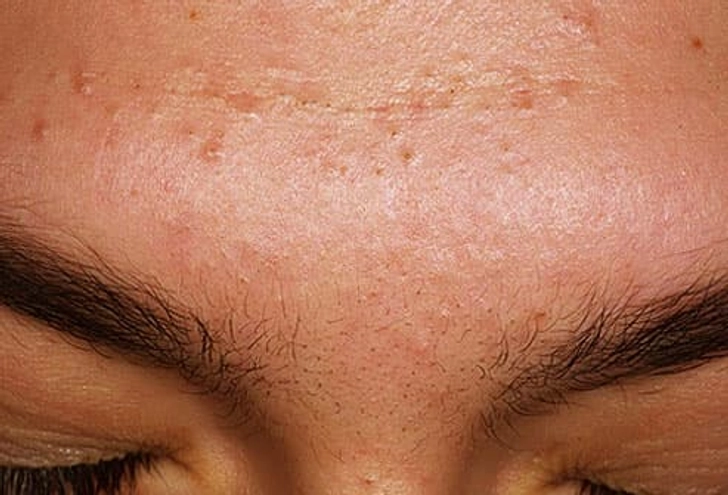
13/15
Acne Mechanica
Acne mechanica is caused by heat, friction, and pressure against the skin, often the result of wearing sports gear such as a helmet or baseball cap. It is sometimes called “sports-induced acne” because it occurs frequently in athletes. Preventive measures include wearing an absorbent material under sports equipment and showering immediately after activity.
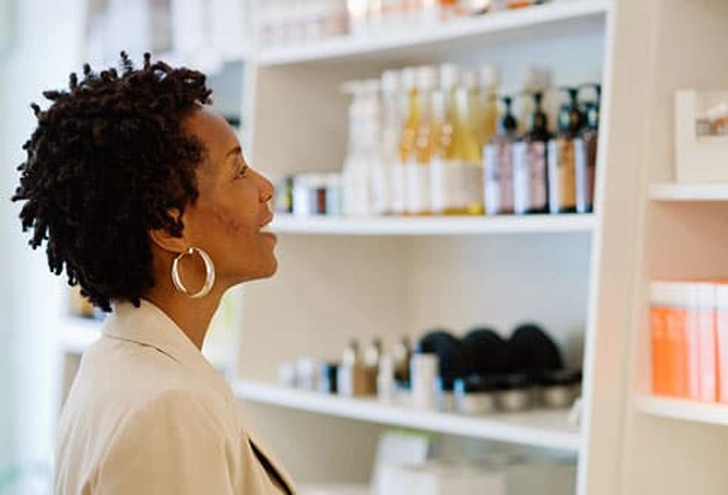
14/15
Topical Therapy
Topical therapy is acne medication that is applied directly to the skin, like gels or creams. Over-the-counter topical products can often help mild acne. They may contain ingredients like benzoyl peroxide, resorcinol, salicylic acid, or sulfur. Prescription products such as antimicrobial or retinoid creams can treat mild to moderately severe acne. These can be prescribed alone or in combination with other ingredients.
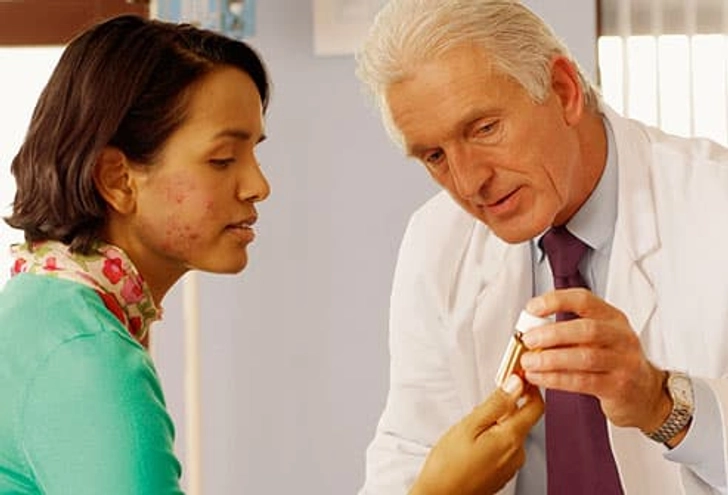
15/15
Systemic Therapy
Systemic therapy refers to acne medication that is taken by mouth. Antibiotics like tetracycline, minocycline, doxycycline, or erythromycin may treat moderate to severe acne by targeting bacteria and reducing inflammation. Other systemic therapies include oral contraceptives, which can reduce acne in some women, spironolactone, an anti-androgen hormone pill, and isotretinoin (high-dose prescription vitamin A). Isotretinoin is used only in certain severe, cystic acne cases, or in cases where other treatments don’t work. A course of isotretinoin treatment requires regular appointments with your dermatologist.
Best and Worst Foods for Acne

Medically Reviewed by Debra Jaliman, MD on August 27, 2023
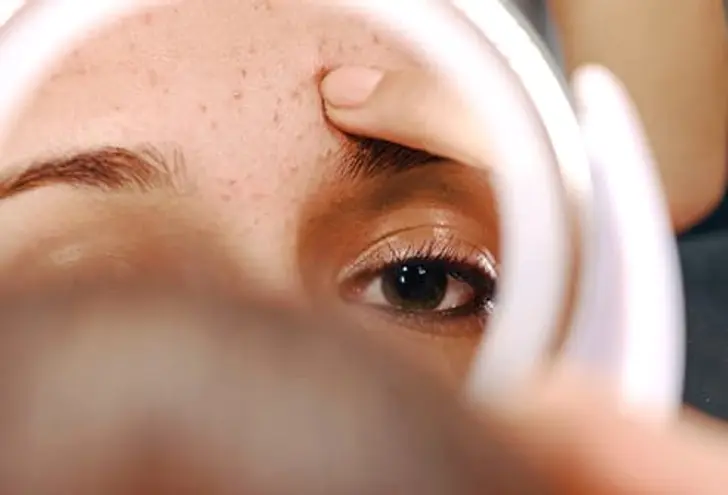
1/11
Food and Acne
Food alone doesn’t cause acne — or prevent it. Your genes, lifestyle, and what you eat all play a role in the condition. But some foods may make it worse, while others help your skin stay healthy. Scientists need to do more research to know how specific foods really affect the condition. But they have looked at a few possible triggers so far.
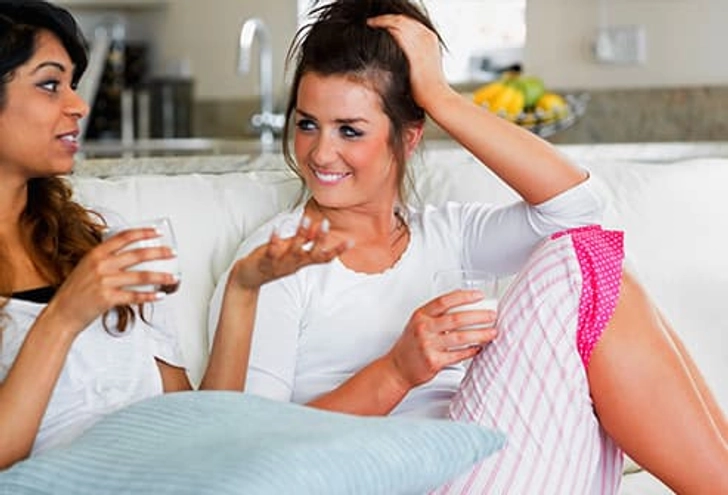
2/11
Milk
The more milk you drink, the more likely you are to have acne — especially if it’s skim milk. Scientists are still trying to figure out why, but it could be the hormones that cows make when they are pregnant, which wind up in their milk. People who have higher levels of those hormones in their blood tend to have more acne.
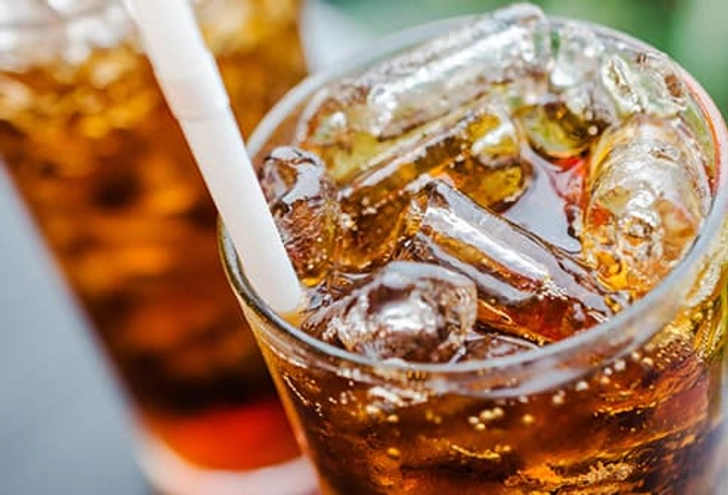
3/11
Sugar and Some Carbs
You’re more likely to have acne if your diet is full of foods and drinks like soda, white bread, white rice, and cake. The sugar and carbohydrates in these foods tend to get into your blood really quickly. That means they are high on the glycemic index, a measure of how foods affect blood sugar. When your body makes more insulin to bring down blood sugar, it affects other hormones that can boost oil production in your skin.
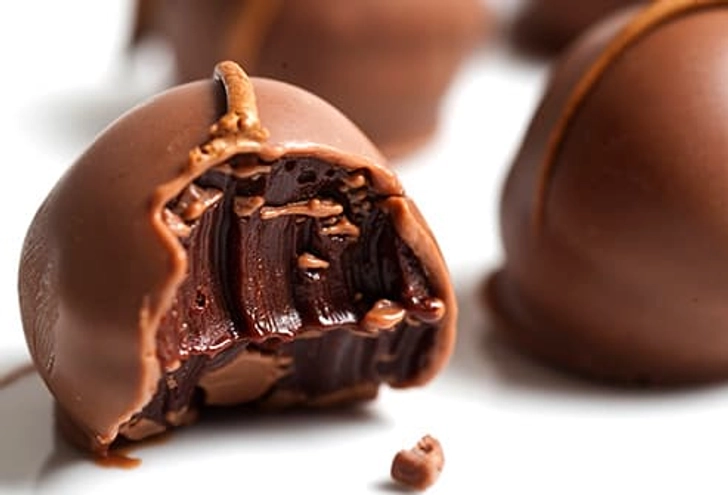
4/11
Chocolate
A few small studies show that people who eat more chocolate are more likely to get pimples. But it’s not clear why. The key ingredient, cocoa, doesn’t seem to be the reason. In one study, people who ate chocolate with 10 times more cocoa were no more likely to get pimples than those who ate the regular kind. Dark chocolate, with less sugar and milk, may be a better choice if you’re trying to control your acne.
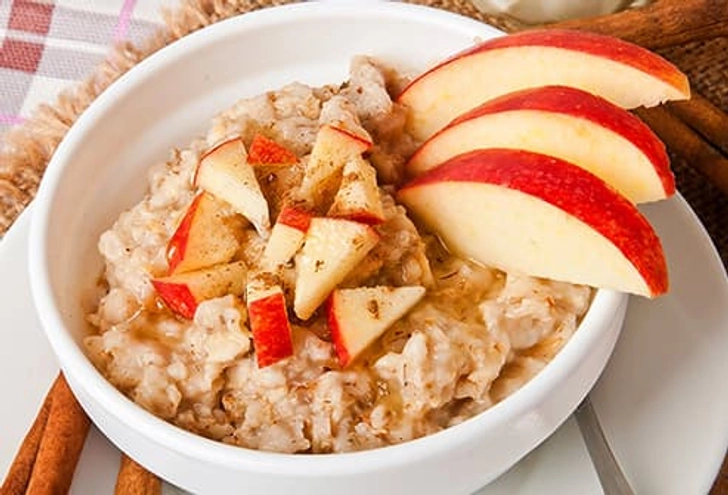
5/11
High-Fiber Foods
People who eat a lot of fiber may see their acne improve. But doctors don’t know the exact reason. They do know that high-fiber diets can help control blood sugar, which is better for keeping acne away. Oatmeal, beans, apples, and carrots are easy ways to add a bit of fiber to your diet.
-
- Related:Treating Your Acne: What to Know
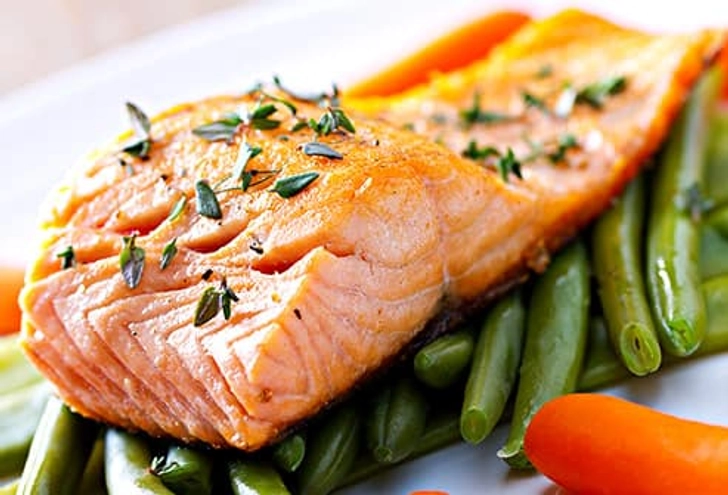
6/11
Salmon
This fish is full of omega-3 fatty acids. They lower inflammation in your body, and that may help keep acne away. They also help lower the amount of a protein your body makes, called IGF-1, that is linked to acne.
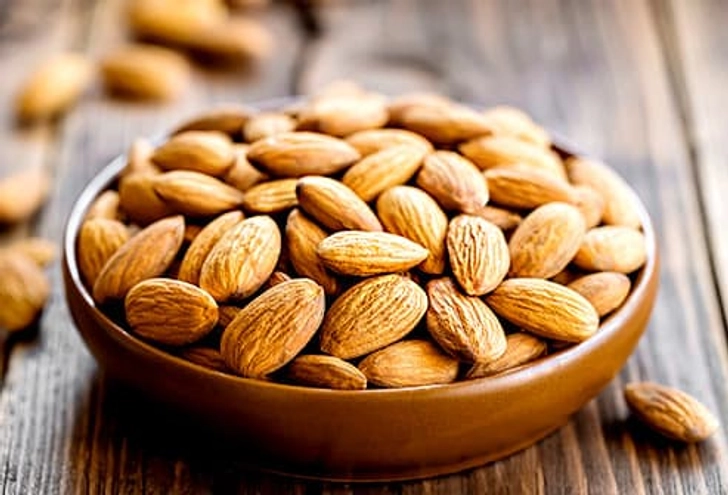
7/11
Nuts
People with acne often have low levels of antioxidants like vitamin E and selenium, which almonds, peanuts, and Brazil nuts have a lot of. These nutrients protect cells from damage and infections. There’s no clear proof that antioxidants will clear up acne, but they are good for your body in other ways. So there’s no harm in adding them to your diet. Just don’t overdo it: about 24 almonds or three or four Brazil nuts is all you need.
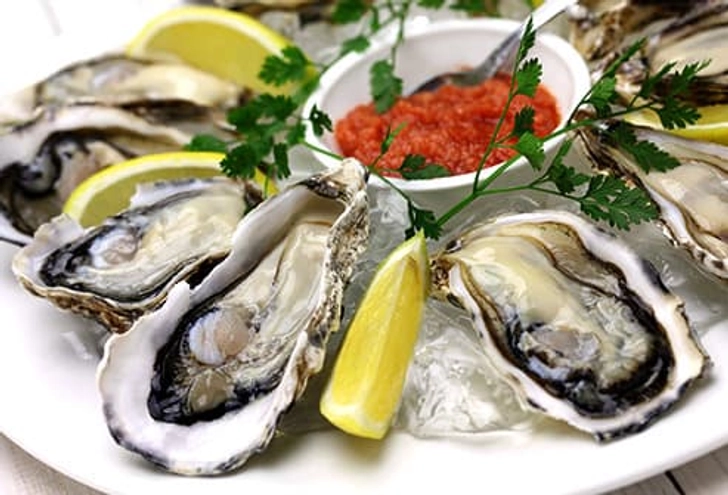
8/11
Oysters
They’ve got lots of zinc, a nutrient that’s important for your skin. Among other things, it may help kill bacteria that cause certain kinds of acne. It also appears to help the body stop making chemicals that can cause inflammation — something else that’s linked to acne. Too much zinc can cause health problems, though. Adults shouldn’t get more than 40 milligrams a day.
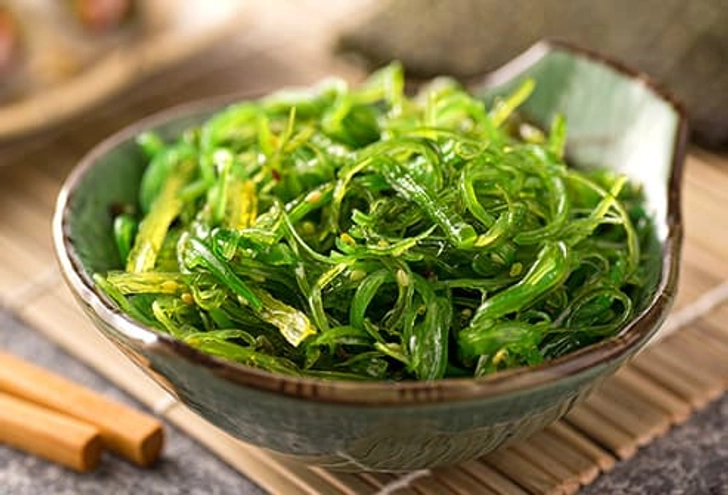
9/11
Seaweed
Whether you eat it in a sushi roll, in a salad, or on its own as a salty snack, it’s a great source of iodine, which your thyroid gland needs to work properly. But too much iodine at once can make you break out. Most adults need 150 micrograms a day, though pregnant and breastfeeding women need more. If you eat a balanced diet, it’s hard to get too much. Along with seaweed, you can get iodine from foods like fish, dairy products, and iodized salt.
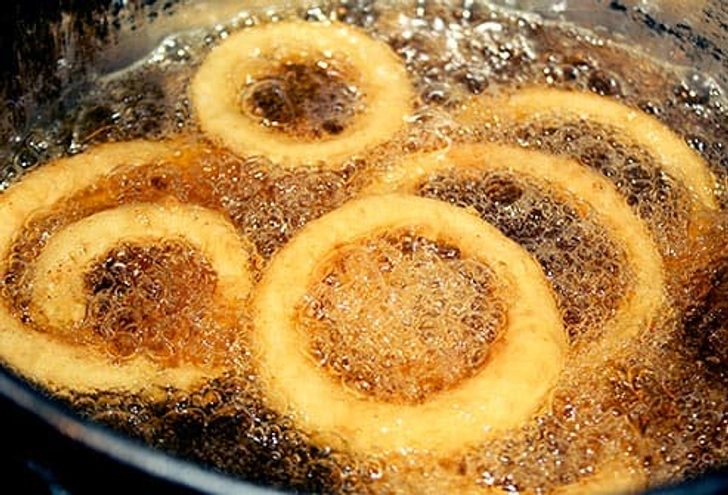
10/11
What About Oily Food?
It’s a common myth, but eating greasy foods won’t cause acne or make it worse. If you spend a lot of time cooking it, though, you may notice more trouble with your skin. That’s because the oil from a deep fryer or other source can stick to and clog your hair follicles.

11/11
When to See a Doctor
It’s often easy to manage your acne at home, but some cases are more serious. If you don’t see a difference with careful skin care, changes in diet, and over-the-counter treatments, you should talk with your doctor. They may refer you to a dermatologist. Early treatment can help your confidence and prevent scarring.
